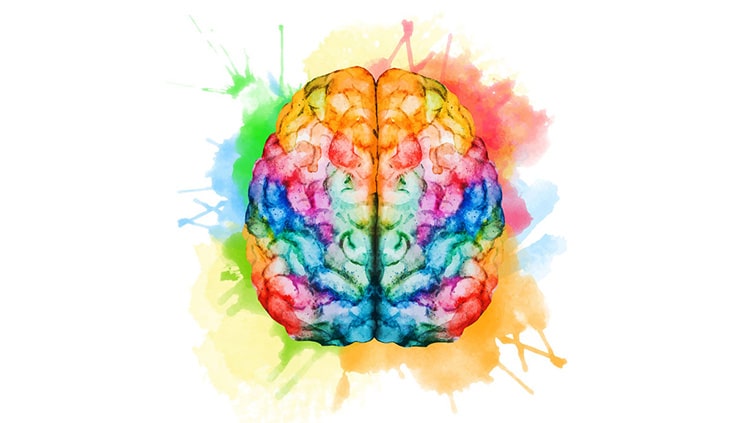Depression is a common and debilitating illness. Fortunately, there are several treatment options available to those who suffer from it, ranging from psychotherapy to medication. For those who don’t respond to these first-line treatments, there are more advanced interventions such as Transcranial Magnetic Stimulation (TMS), Electroconvulsive Therapy (ECT), and Ketamine infusions. Here, we’ll give a brief overview of these treatments, focusing on side effects, treatment duration, cost, and where they can be administered.
Transcranial Magnetic Stimulation (TMS)
What is it? TMS is a non-invasive treatment that uses magnetic fields to stimulate nerve cells in the brain.
Side Effects: Generally, TMS is well-tolerated. Side effects may include headache, scalp discomfort, and lightheadedness.
Duration of Treatment: Typical courses involve 30-60 minute sessions 5 days a week for 4-6 weeks.
Cost to the Patient: In Australia, Medicare provides subsidisation for an initial course of TMS, covering 35 sessions for patients who meet the eligibility criteria. There may be some out-of-pocket expenses depending on the facility.
Practical Aspects: TMS can be done in specialised clinics and does not require hospitalisation.
Electroconvulsive Therapy (ECT)
What is it? ECT involves passing small, carefully controlled electric currents through the brain to trigger a short seizure, which affects brain chemistry.
Side Effects: The most common side effects include confusion, headaches, short-term memory loss, muscle aches, and nausea. Memory usually improves within a few weeks.
Duration of Treatment: Generally, treatments last a few minutes, and are given 2-3 times a week for 3-4 weeks, during which time you will remain in the hospital.
Cost to the Patient: In Australia, Medicare provides subsidisation for ECT treatment. There may be some out-of-pocket expenses depending on the facility and any additional services required.
Practical Aspects: ECT treatments require brief hospitalisation, as patients need to be under general anaesthesia.
Ketamine Infusions
What is it? Ketamine is an anaesthetic drug that, in low doses, has been found to provide rapid relief from depression.
Side Effects: Potential side effects include drowsiness, nausea, increased blood pressure and disorientation.
Duration of Treatment: A typical course may involve multiple infusions lasting up to 2.5 hours, 2 times a week for 2 months.
Cost to the Patient: There is currently no medicare subsidy for Ketamine treatment, so costs can be significant.
Practical Aspects: Ketamine treatments can be done in specialised clinics and do not always require hospitalisation. However, due to the drug’s potential effects, patients should not drive or operate machinery on the day of treatment.
Conclusion
When deciding on the best treatment for depression, it’s essential to consult with a psychiatrist. TMS, ECT, and Ketamine offer alternatives when traditional treatments don’t work. For those interested in TMS, our medical centre provides a comfortable and professional environment to pursue this evidence-based option. Whatever your choice, the journey towards mental wellness is a courageous one, and there are multiple avenues of support available.
References:
Black Dog Institute: Transcranial Magnetic Stimulation (TMS)
Black Dog Institute: Electroconvulsive Therapy (ECT)

